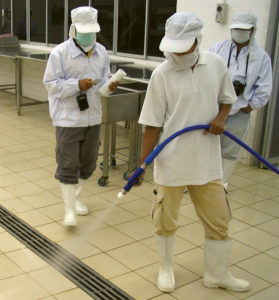
Disinfectant use in aquaculture
Although disinfectants kill bacteria, viruses and other organisms, they can also be hazardous to employees, culture animals and the environment.
Phytoplankton are essential in intensive aquaculture ponds but an excess can result in shallow thermal stratification.

Although disinfectants kill bacteria, viruses and other organisms, they can also be hazardous to employees, culture animals and the environment.
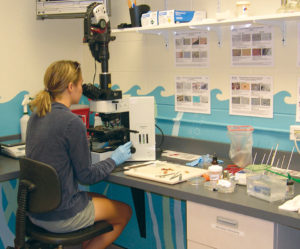
Recirculating systems and health management schemes should be designed concurrently to maximize their effectiveness.

There are several methods for evaluating water circulation and mixing in aquaculture ponds. Measurements of concentrated salt dispersal can be complex.
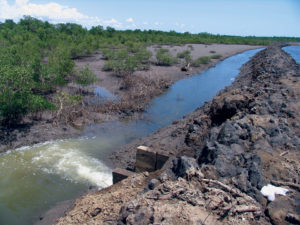
Both aquaculture effluents and production costs can be reduced by using stock-specific feeds applied in smaller quantities several times a day.
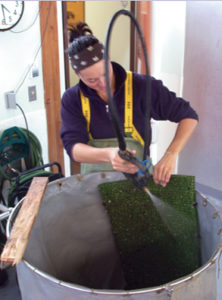
For soft-shell clam spat collection, artificial turf mats laid directly on the substratum can increase settlement of commercial-size clam spat.
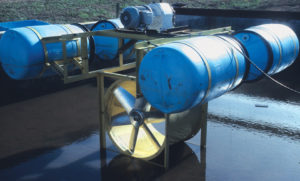
Mechanical water circulation can prevent stratification and provide more dissolved oxygen near pond bottoms. Strong water mixing can also control algae growth.
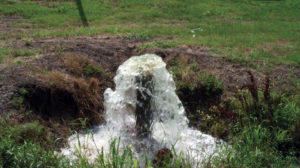
Pond water level management can reduce overflow volume and ground water use. Implementing BMPs reduces pollutant discharge.

In general, lower-intensity pond and cage farming tends to discharge higher overall pollution loads in farm effluents than closed aquaculture systems.
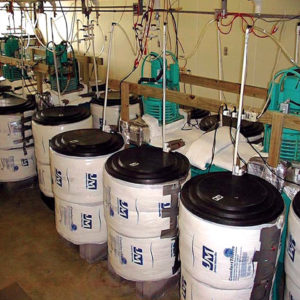
A temperature-control system with a central chiller was found to enhance chilling and research capacity over a system with multiple unit chillers because replicating experiments in a single process control system minimized variations in the temperatures and chilling rates in the individual tanks. Temperature-holding experiments found slight differences at different temperature levels.
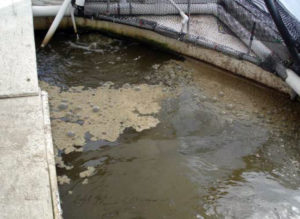
Microbes facilitate high-intensity recirculating aquaculture systems. Research indicates that the microbial community changes throughout grow-out.
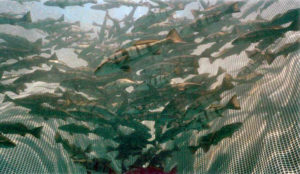
Careful assessments, modeling and integration of juvenile releases with other fisheries management measures can help restore stocks in objectively planned enhancement programs.
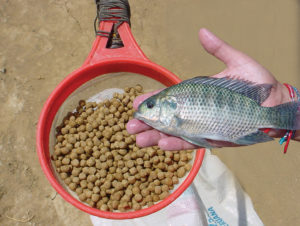
Space requirements for aquaculture include the culture water area and associated physical culture facilities as well as the land used to raise plant-based feed ingredients.
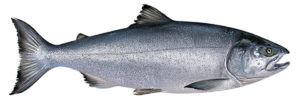
A risk assessment of PCBs and other contaminants in farmed and wild salmon was flawed and did not reflect public health community opinions.
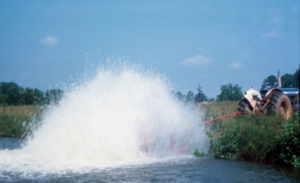
Even with dedicated aerators, aquaculture farms can experience stress and mortality in culture animals due to low dissolved oxygen concentrations in pond water. Simple tractor-powered aerators offer a quick and portable solution to low dissolved oxygen levels that provides strong emergency aeration and water movement.
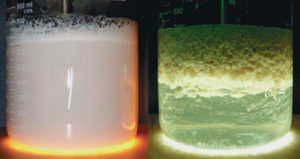
It is technologically feasible to recover functional muscle proteins and lipids from fish processing byproducts using isoelectric solubilization/precipitation.